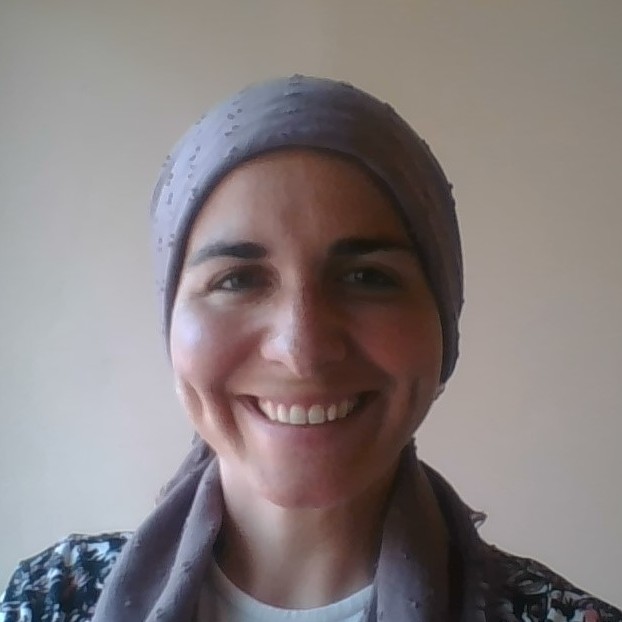חורב, שאול (עורך ראשי), ורובינוביץ, זיו (עורך) (ינואר 2108). הערכה אסטרטגית ימית רבתי לישראל 2021/22. המרכז לחקר מדיניות ואסטרטגיה ימית, אוניברסיטת חיפה
השנה נמשכה מגמת השינוי בזירה הבין־לאומית שיש לה השלכות כבדות משקל על הזירה הימית. השנה החולפת עמדה בסימן ניסיון גלובלי להתגבר על מגפת הקורונה וההאטה בפעילות הכלכלית שהיא כפתה ברחבי העולם, ולשוב לנורמליות, ככל שהחיסונים מאפשרים וזנים חדשים של הנגיף אינם כופים סגרים. השנה החלה עם חילופי ממשל בוושינגטון ששינו את מדיניות החוץ והביטחון של ארצות הברית לעומת תקופת הממשל הקודם, והדבר הקרין על הזירה הפוליטית הבין־לאומית באופן משמעותי.
השנה הייתה רוויית אירועים במרחב הימי, באזורנו וברחבי העולם, מה שמגביר את הצורך בחשיבה מערכתית, מסודרת ובין־תחומית בהקשרים הימיים. אסופת המאמרים העשירה שמופיעה בקובץ זה מציגה מגוון של נושאים – אסטרטגיים ברמה העולמית, אסטרטגיים ברמה האזורית של המזרח התיכון, כלכליים, אקולוגיים, משפטיים וניהוליים. ישנם מאמרים העוסקים בישראל ואחרים שבוחנים מדינות אחרות ויש בהם זיקה מועטה לישראל. בהערכה אסטרטגית ימית רבתי לישראל ישנם השנה 22 פרקים, וכן התקציר הזה וסיכום והמלצות.
קישור לדו"חות קודמים באתר המרכז לחקר מדיניות ואסטרטגיה ימית: https://hms.haifa.ac.il/index.php/he/annual-reports-hebrew









 Dr. Ravit Alfandari conducted her PhD studies at the Department of Social Policy at the London School of Economics and Political Science (LSE), UK and her post-doctoral training at the School of Social Work and the School of Business Administration at the University of Haifa, Israel. She has teaching experience in Israel (at Hadassah Academic College and Ariel University) and the UK (at LSE and Ulster University, Northern Ireland). Today, she holds a lecturer position at the University of Haifa's School of Social Work. She is also a research fellow at the Centre for Research and Study of the Family and the Centre for the Study of Organizations & Human Resources Management, at the University of Haifa. Ravit, is a qualified social worker with solid experience in direct service delivery, programs development and conducting research related to vulnerable children and families. Her empirical investigation focuses on decision-making and risk assessment in the field of child protection. She is a Core Member at COST Action network, multisectoral responses to child abuse and neglect in Europe (Euro-CAN).
Dr. Ravit Alfandari conducted her PhD studies at the Department of Social Policy at the London School of Economics and Political Science (LSE), UK and her post-doctoral training at the School of Social Work and the School of Business Administration at the University of Haifa, Israel. She has teaching experience in Israel (at Hadassah Academic College and Ariel University) and the UK (at LSE and Ulster University, Northern Ireland). Today, she holds a lecturer position at the University of Haifa's School of Social Work. She is also a research fellow at the Centre for Research and Study of the Family and the Centre for the Study of Organizations & Human Resources Management, at the University of Haifa. Ravit, is a qualified social worker with solid experience in direct service delivery, programs development and conducting research related to vulnerable children and families. Her empirical investigation focuses on decision-making and risk assessment in the field of child protection. She is a Core Member at COST Action network, multisectoral responses to child abuse and neglect in Europe (Euro-CAN).